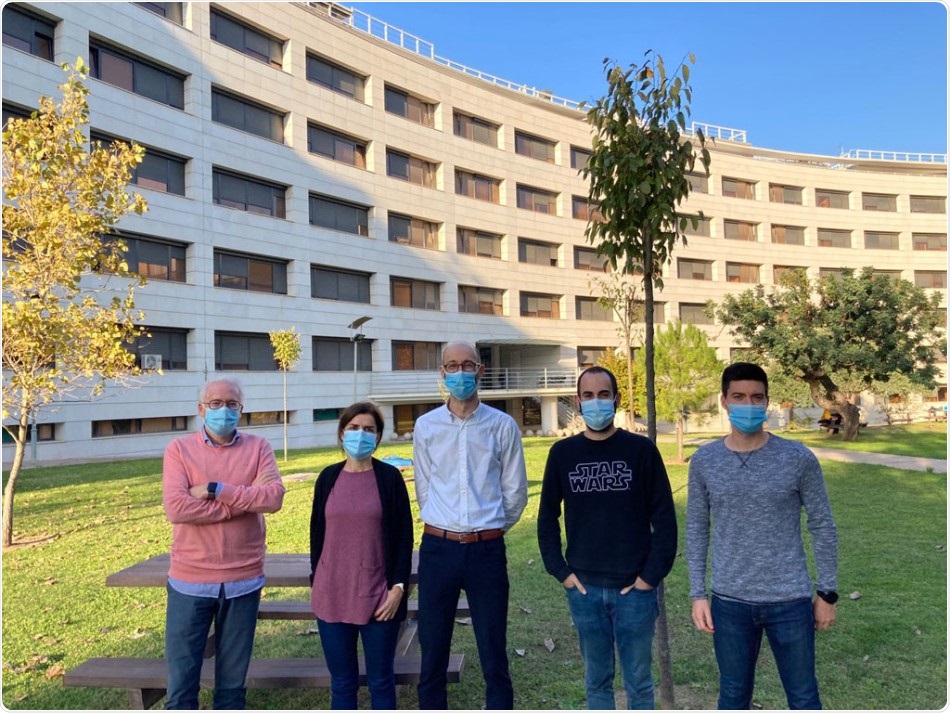Researchers from the Department of Biochemistry and Molecular Biology at the University of Valencia (UV), together with the National Centre for Biotechnology (CNB) of the CSIC, have investigated the role of the interplays within the proteins membranes of viral families Poxviridae and Herpesviridae involved in the control of programmed cell death.

Image Credit: Asociación RUVID.
Published in the Nature Communications journal, the study could hold implications for developing new treatments for viral infections and for preventing cancers related to them.
The study results—headed by Dr Luis Martínez, PhD in the Department of Biochemistry and Molecular Biology—would indicate that interactions inside the membrane between the host individual and virus proteins could be utilized as therapeutic targets for treating certain viral infections.
An agent that can block these interactions would not only decrease, or even suppress, the replication of virus, but would also delay the potential development of cancer related to such infections.
Programmed cell death, or cell apoptosis, is a crucial process that takes place in multicellular organisms, since it plays a role in the balance between cell death, differentiation, and proliferation, which is applicable for the development and accurate functioning of living things. This renders it a highly controlled process that involves several components, such as the protein family called B-cell lymphoma 2 (Bcl2).
To increase their growth, viruses belonging to the Poxviridae and Herpesviridae families have developed mechanisms to regulate cell death in host individuals. Hence, these viruses contain proteins that are structurally analogous to Bcl2 proteins, called viral Bcl2, which have a transmembrane domain. This domain enables the protein to be embedded into the target membrane to deregulate the programmed cell death.
In this study we show that viral Bcl2 proteins have a transmembrane domain (TMD) that allows them to be anchored to the mitochondrial membrane. In addition, we observed that these proteins are able to interact with each other and with other Bcl2 proteins of host individuals through this domain. Our results also indicate that these interactions are key to controlling cell death after an apoptotic stimulus such as a viral infection.”
Dr Luis Martínez, PhD, Department of Biochemistry and Molecular Biology, University of Valencia
Source:
Journal reference:
García-Murria, M. J., et al. (2020) Viral Bcl2s’ transmembrane domain interact with host Bcl2 proteins to control cellular apoptosis. Nature Communications. doi.org/10.1038/s41467-020-19881-9.